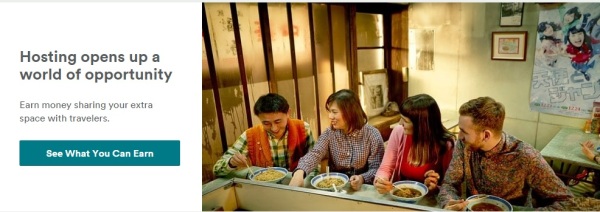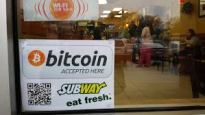The digital mobile revolution has transformed consumer behaviours. Over the last decade there’s been a shift in how consumers are finding and purchasing products and services. Many start ups have capitalized on this trend and have created businesses centered around mobile apps and social media. Think of Airbnb, Taskrabbit, Uber, Taobao, etc. It’s these two items that have paved the way for the next generation in consumer to consumer (C2C) business. With features such as customer reviews, ratings and engagement; buyers now have a greater level of transparency than in typical business to consumer (B2C) models.

The success of the new C2C model has challenged many static B2C industry models forcing them to modernize their service offerings or risk losing market share. Let’s take a look at two examples to gain more insight in how they’re revolutionizing the way we buy.
Uber
One of the most controversial examples of the new C2C model is Uber. Operating in over 58 countries Uber and has shaken the foundation of the traditional taxi B2C service model.
Uber is an on-demand car service that allows a consumer to request private drivers through their mobile app. The service utilizes dispatch software to send the nearest driver to the location[1]. By using the Uber software app drivers are connected to consumers through a service request. People can sign up to become an Uber driver using their own vehicles.
In my opinion there are four main things that Uber did to evolve the C2C model:
- Rate your driver- The ability for passengers to rate their drivers and read reviews. Transparency about service from real reviewers provides a higher level of authenticity and trust.
- Pay for Performance- Drivers are empowered to get a 4 star rating or greater. This keeps service levels high and increases earning potential.
- Pay through your phone. Payments are made through the credit card linked to your Uber account, on your phone. No cash accepted.
- Contact Your Driver– Once the trip is booked on the app, the passenger will receive the cell phone number of the driver and can watch them approach on their mobile device.
- BYOC– Drivers can bring their own car to work! All they have to do is lease the mobile app. and be adequately insured.
Bitcoin
 Bitcoin is a digital payment system that enables peer to peer transactions without having to go through an intermediary financial institution. Bitcoins can be purchased through an electronic trading system using a smart phone. This video is a great short summary of how Bitcoin works. Since its launch in 2008, bitcoins have gained significant traction, with more than 45,000 transactions ($48.5 million dollars) handled through its network each day[2]. It’s introduced the concept of a decentralized virtual currency where value is determined by its users.
Bitcoin is a digital payment system that enables peer to peer transactions without having to go through an intermediary financial institution. Bitcoins can be purchased through an electronic trading system using a smart phone. This video is a great short summary of how Bitcoin works. Since its launch in 2008, bitcoins have gained significant traction, with more than 45,000 transactions ($48.5 million dollars) handled through its network each day[2]. It’s introduced the concept of a decentralized virtual currency where value is determined by its users.
In my opinion Bitcoin that evolved the C2C model in four ways:
- Universal Currency- No need to convert to various currencies. Value is determined by its users- globally.
- Lower Merchant Fees- Fees for retailers are much lower than the 2-3% typically imposed by the credit card companies.
- Real Time Payment- Once the bitcoin transaction is complete the digital currency is transferred directly from the consumer to the vendor’s digital wallet. No middle financial companies required.
- Peer to Peer Money Transfers– Money can be wired directly to others through the digital wallet.
The new C2C model is not only convenient but lucrative. In 2014, C2C had a recorded $105 billion dollar market size compared to $71billion dollars for B2C e-commerce[3]. A testament that consumers have embraced it.
With this new model, the traditional work model is also changing. Services like Taskrabbit and Uber offer freelance opportunities where you can define your own hours and accept the jobs you want. Motivators for incentives and rewards are geared to work/lifestyle balance or earnings potential. Is this the laying the foundation for the way we define the way we work? As C2C continues to become more lucrative, companies may need to rethink work arrangements, incentives and rewards to remain competitive and retain its workforce.
What does C2C mean for your company?
Like what you see? Follow me on LinkedIn, Twitter @annzaliebarrett, or subscribe to my blog. I look forward to hearing from you.
Blog: https://sailorann.wordpress.com
_________________________________________________________________________________________________
[1] http://www.wikihow.com/Use-Uber
[2] http://www.hongkiat.com/blog/bitcoin-questions/
[3] http://article.sapub.org/10.5923.j.ijnc.20140402.01.html



